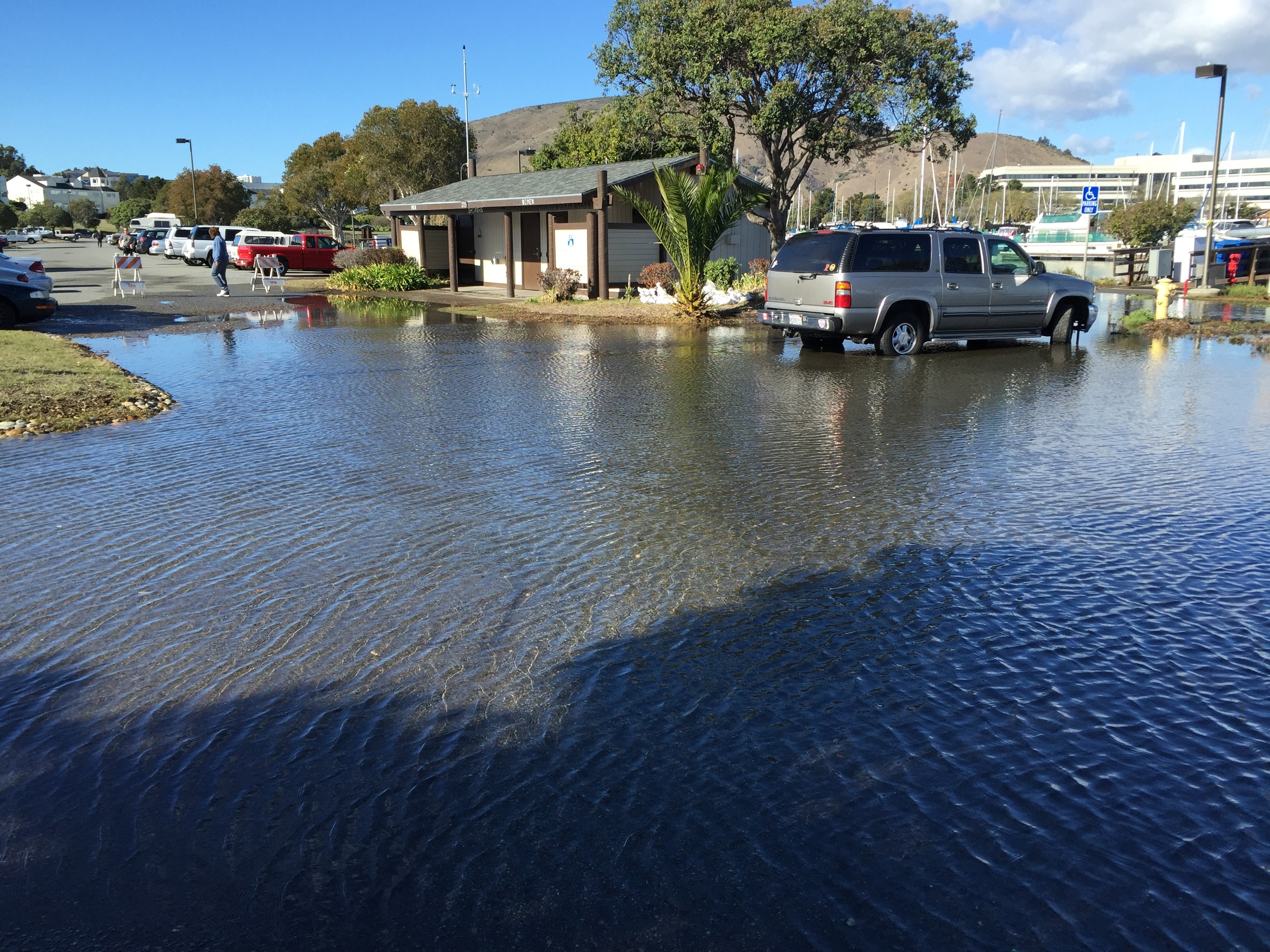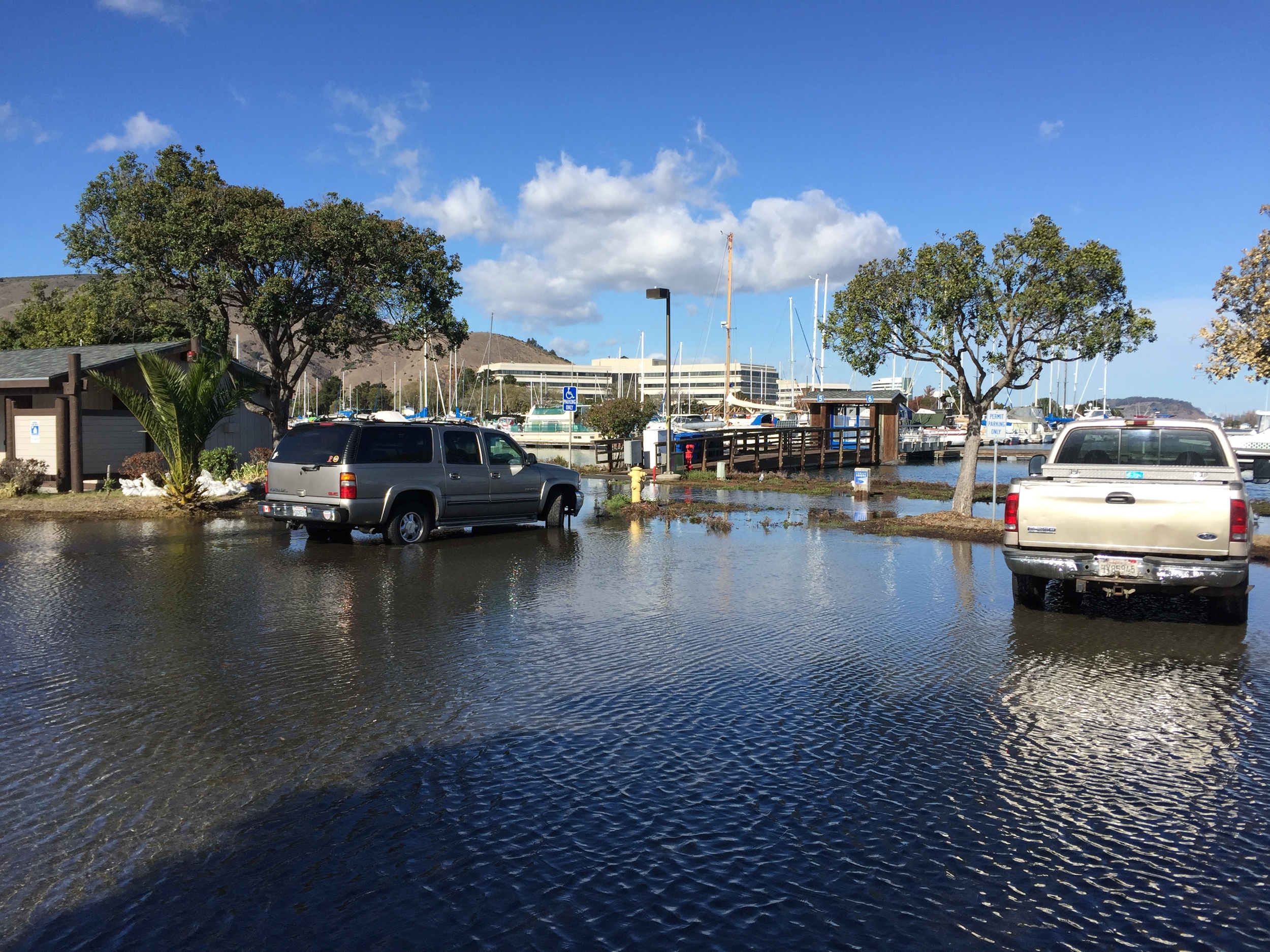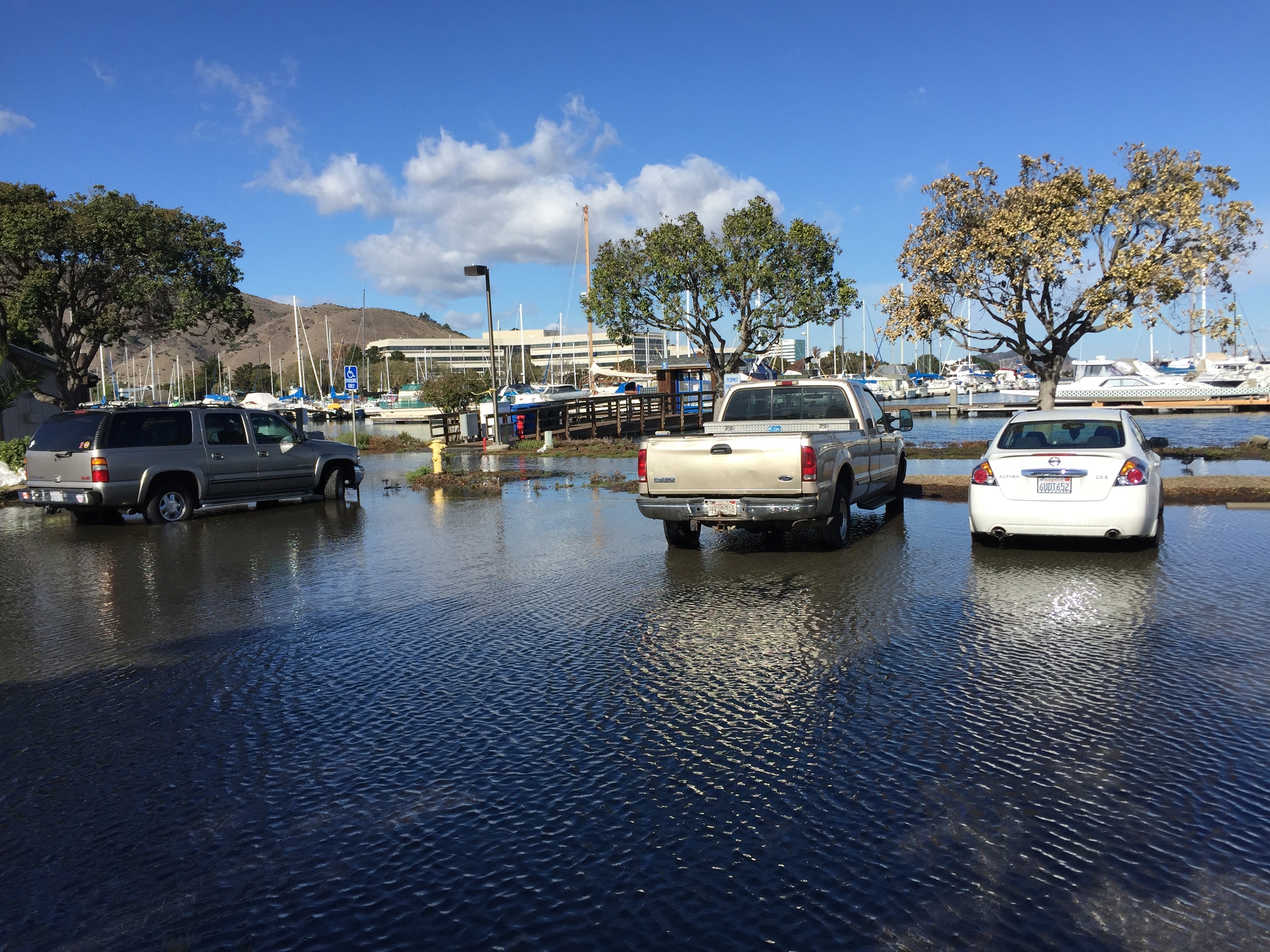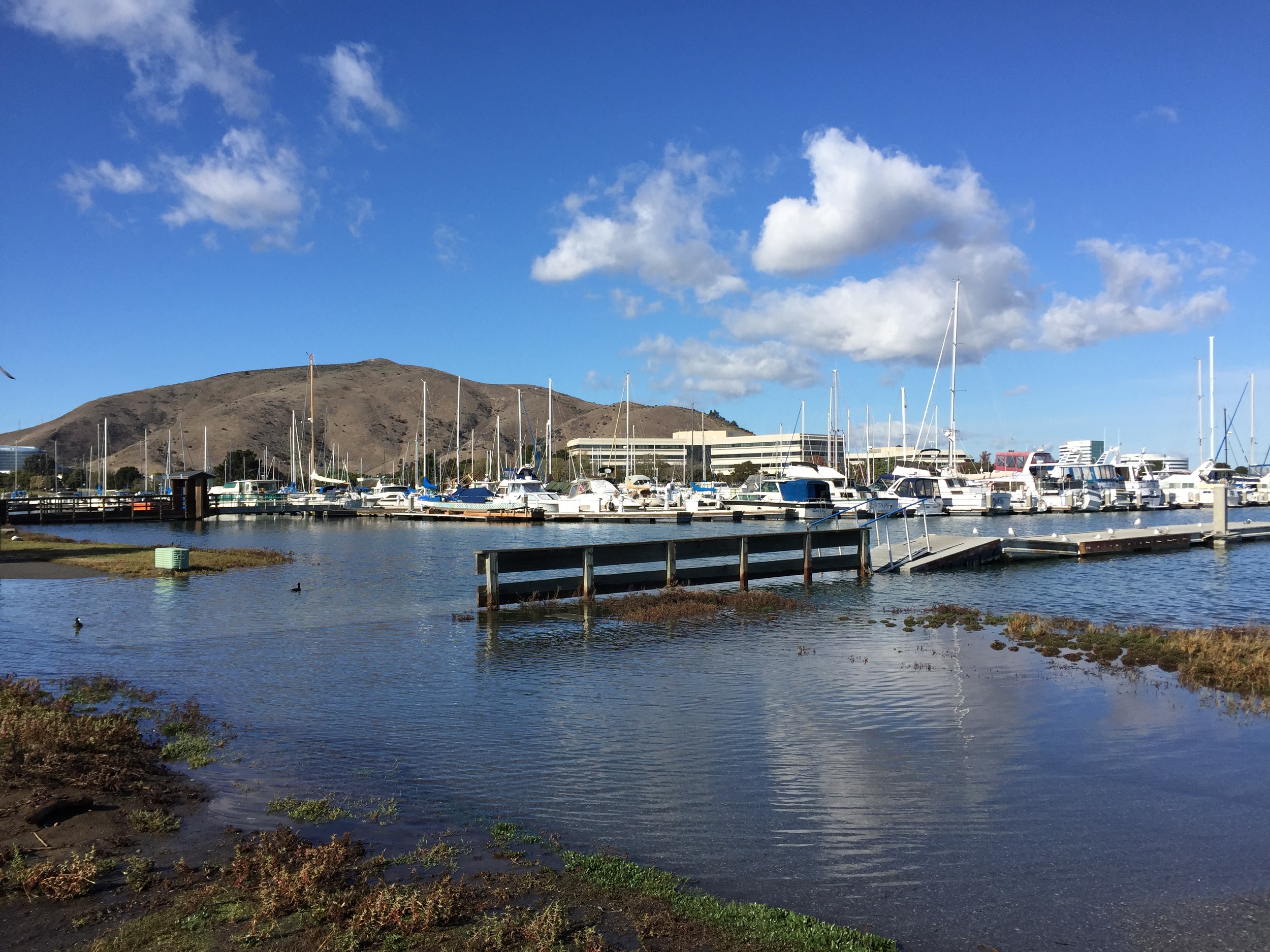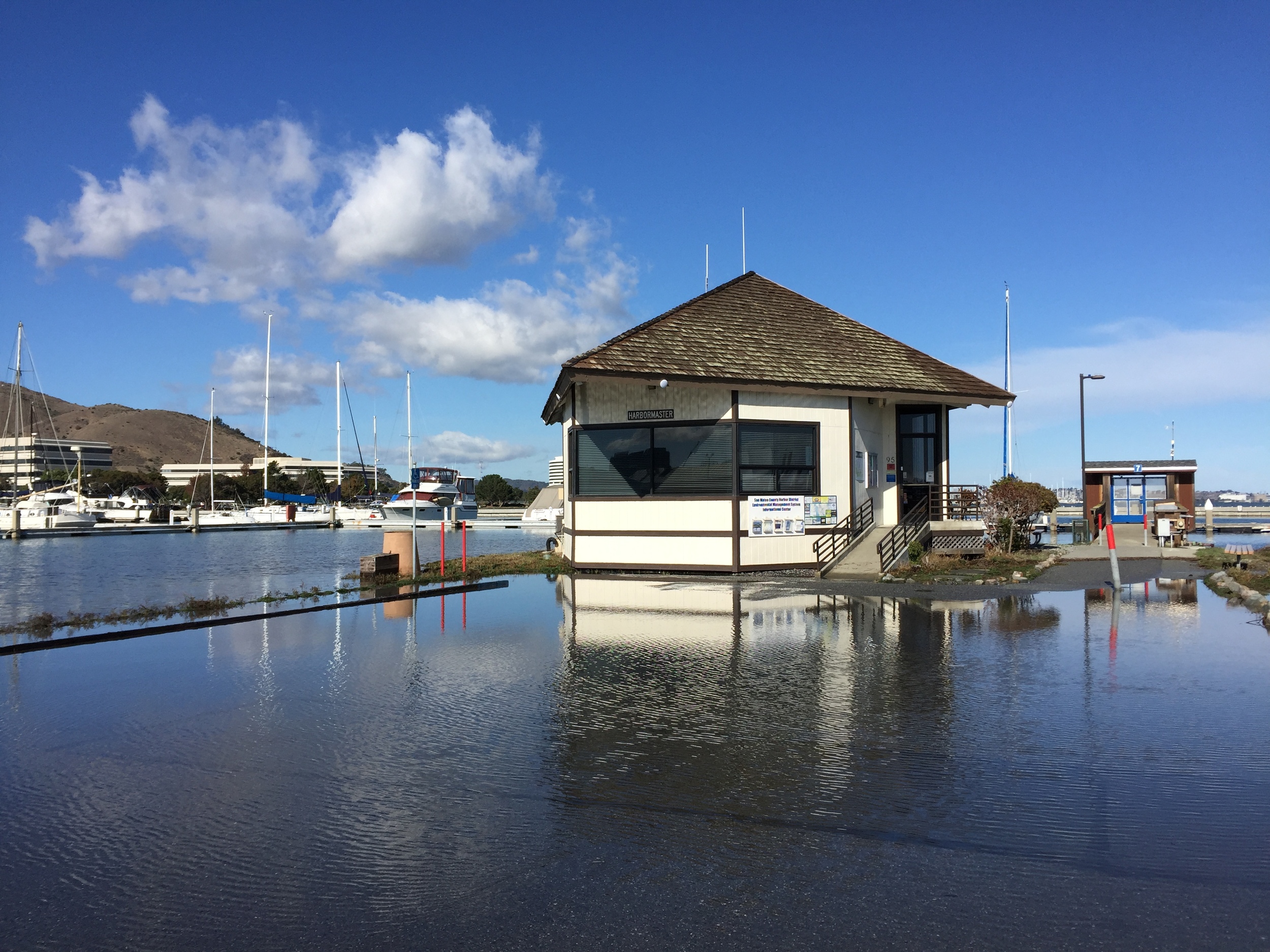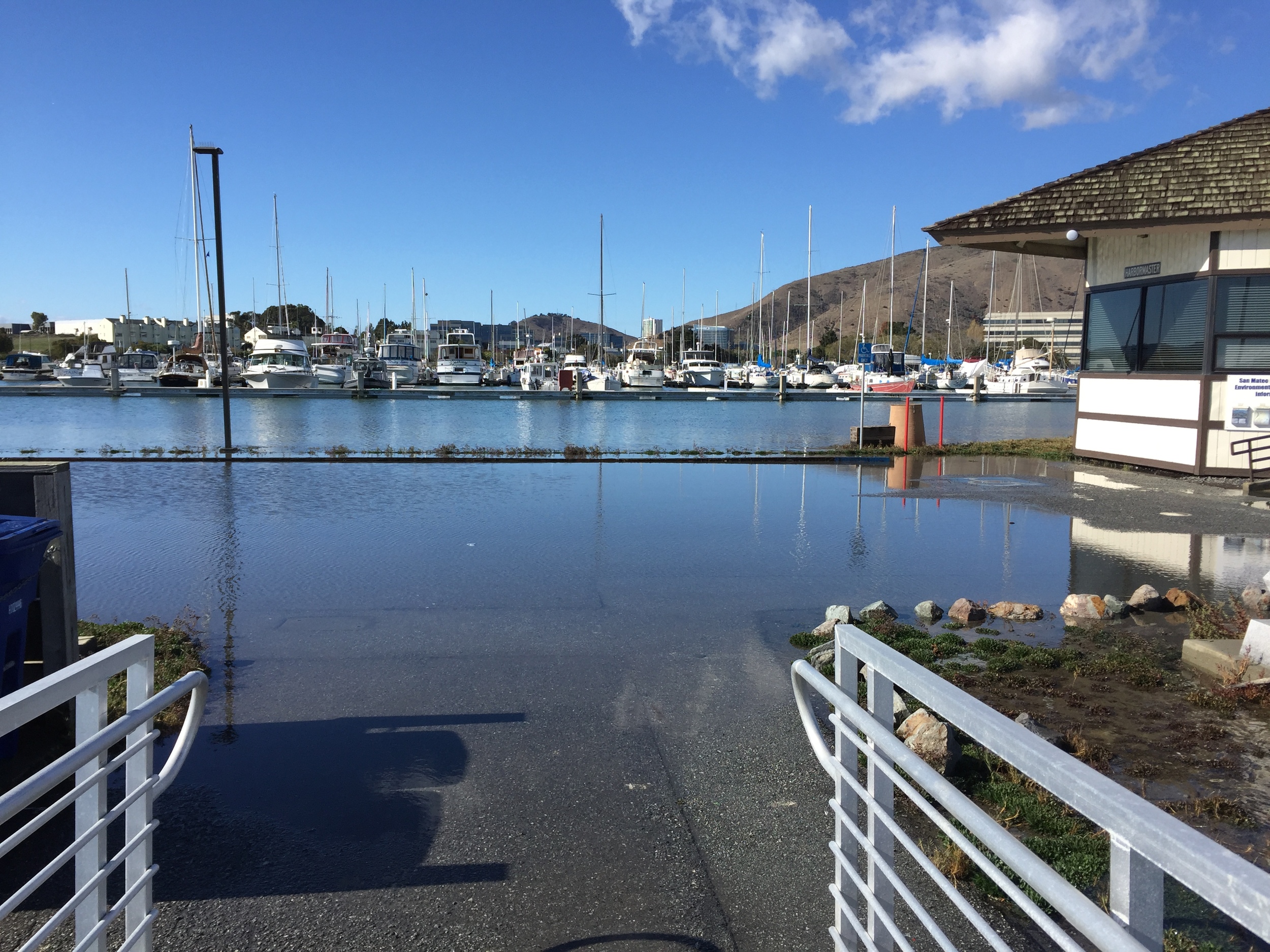October 21, 2015 | by Commissioner Brennan
This report was included in the Oct. 21, 2015 Harbor Commission board packet (Item 6).
FIREWALL PURCHASE SPLIT IN HALF
Less than one month after being sworn-in, Commissioner Mattusch inquired about two handwritten checks listed in the Feb. 4, 2015 meeting packet. Harbor District IT and Human Resources Manager Marietta Harris explained that the checks totaling $19,075 were for new “routers” (firewalls).
President Brennan requested follow-up information because the Board had not approved the purchase. On February 10, 2015, Ms. Harris emailed two requisition forms. Palo Alto Networks firewalls and software subscriptions were split on those requisition forms. Acting General Manager Scott Grindy's and Marietta Harris’s signatures were on both.
The forms listed three servers, however, the words “server” were scribbled out and replaced with the handwritten word “firewall.” President Brennan asked why “servers” had originally been typed on the forms. Ms. Harris said it was a typo and that the District had previously purchased servers from the same vendor.
President Brennan requested the firewall invoice and Ms. Harris responded via email, “We paid from the quote because we were all in the office discussing what we needed and in order to get the discount we wanted to act fast.”
A Sept. 2, 2015 report from Interim General Manager Glenn Lazof, indicated that the IT vendor may have been instructed by District management staff to split the project onto two quotes. By splitting the purchase onto two requisition forms management staff avoided the board authorization requirement on purchases above $15,000.
Two weeks after Commissioner Mattusch's question about the $19,075 payment, at the Feb. 18, 2015 meeting Ms. Harris announced her resignation.
CAUSE FOR CONCERN
On March 30, 2015, President Brennan phoned Acting General Manager Grindy and expressed concern about a meeting held while he was away. Ms. Brennan had observed Finance Director Debra Galarza sharing a draft staff report with a vendor. Ms. Brennan was concerned because the vendor had not yet submitted an estimate to the District and the draft included a $47,000 purchase request.
Ms. Brennan asked Mr. Grindy if he thought tempting a service provider with an inflated budget number in advance of receiving an estimate was prudent. Mr. Gindy said, “It’s not unusual.”
On May 11, 2015, President Brennan followed up with an email to District Counsel Steven Miller, Interim General Manager Glenn Lazof, and Commissioner Tom Mattusch. The email stated:
On Monday, March 23, 2015, Debra Galarza emailed me and requested a meeting at the 504 Avenue Alhambra building in El Granada. She needed access to the new office space so she could meet with The Well Connected Office (IT vendor) while they performed a site visit in advance of providing the District with an estimate. At the time Debra was acting as General Manager while Scott was away at the Port Captains Conference.
I emailed Randy Kinghorn (the District’s realtor) and asked him to open the building. Randy, Steve Almes, Steve’s employee, Debra and I met at the District’s new headquarters. Steve and his employee checked phone jacks and server rooms, Randy and I looked at the public meeting room related to a new wall that would be installed by the building owner as part of the lease agreement.
Randy left and I waited in the conference room for Steve and Debra to finish. I was writing email on my cell phone when they joined me. Steve and his employee discussed some of the IT possibilities, overall Steve said the building would not require much work because it was set up well from an IT perspective.
Debra handed Steve a draft staff report for the upcoming April 1st meeting and asked Steve if everything looked okay. I asked if I could take a look at the draft. I noticed that $47,000 was recommended for IT services related to moving the District’s headquarters from South San Francisco to El Granada.
THE TAIL OF THE MISSING HARBOR SERVERS
At the April 1, 2015, Board meeting, President Brennan opposed a recommendation by commissioner David to hire the Well Connected Office for IT-related moving costs. A few days later Ms. Brennan learned that the District was not in possession of servers purchased in 2012 from The Well Connected Office.
Ms. Brennan alerted Counsel about the missing servers.
On April 5, 2015, Steve Almes, owner of The Well Connected Office, informed Mr. Grindy that he no longer wished to work for the District.
By reviewing past agendas and board packets, Ms. Brennan was able to confirm that on May 16, 2012, the Board approved spending up to $40,000 on IT equipment. A member of the public, John Ullom, confirmed via PRA request that on May 31, 2012 the District paid the IT contractor $34,689.31 for servers (check #040875).
On May 18, 2015, Deputy Secretary Debbie Nixon provided a formal response letter to PRA requests President Brennan made in March and April 2015. The letter stated, “Yes, the equipment was delivered to the District. We assume the equipment was installed.” The letter was incorrect. The custom servers were never actually built or delivered.
The next day, May 19th, Interim General Manager Lazof sent a memo to District staff stating, “Effective immediately I am directing all staff and contractors to cease any professional contact with Commissioner Brennan, other than at Public Meetings, or as explicitly approved by me or an authorized designee.” On the same day Mr. Lazof also sent a memo to the board accusing President Brennan of harassing him during a phone conversation. Ms. Brennan stated that Mr. Lazof’s untrue and retaliatory allegations were intended to tarnish her credibility.
SHOOT THE MESSENGER
On May 26, 2015, Commissioner Bernardo appeared incensed by the suggestion that management staff might have paid for equipment that was never delivered. He was the Board Treasurer in 2012 and it was his job to review and approve bills in advance of payment.
Commissioner Bernardo said that Ms. Brennan should be removed as Board President because she made past “false allegations” against the District’s IT consultant. Commissioner Bernardo also said, “There is no fraud, there is no theft, no criminality whatsoever.” And he went one step further to suggest that President Brennan’s concerns could have resulted in a lawsuit against the District.
TWO REFUNDS
On August 8, 2015, the Harbor District received a long overdue $34,689.31 refund for servers that were paid for in 2012 but never delivered.
At the Sept. 2, 2015 Harbor District meeting, Marcia Schnapp, the Interim Administrative Manager confirmed that the District had received a refund for the firewalls ($19,075) less a 7% restocking fee. During the meeting Commissioner Brennan requested a copy of the refund check to verify the amount.
To-date the total refund for the firewalls and servers is $52,158.26.
The Sept. 2, 2015 staff report (Item 14) disclosed that IT vendor Steve Almes said that Marietta Harris told him to issue invoices for equipment he had not delivered. During the meeting Interim General Manager Lazof said that staff had not been following the District’s purchasing policies and he detailed a number of accounting errors that were still being resolved. He said that multiple estimates should be requested for equipment and that consultants should be prohibited from purchasing equipment on behalf of the District except in an emergency.
CONCLUSION
- At the September 4, 2014 Board meeting, the District’s General Manager Peter Grenell announced his retirement. Grenell's last day was Dec. 31, 2014. He managed the district for 17 and a 1/2 years.
- At the February 18, 2015 Board meeting, the District’s IT and Human Resources Manager Marietta Harris announced her resignation.
- On July 1, 2015, the District adopted Resolution 27-12 to approve an agreement with a new IT vendor.
- On August 19, 2015, the District’s Interim General Manager Glenn Lazof sent a formal letter to a member of the public, John Ullom, acknowledging his role in recovering a refund for IT equipment that was never delivered to the District.
- On September 4, 2015, the District’s Finance Director Debra Galarza resigned. A contractor is currently filling in as finance director.
- On September 25, 2015, the District's Deputy Secretary Debbie Nixon resigned. A temporary employee was trained to cover the position and is filling in.
- At the October 7, 2015 Board meeting, the Board approved an employment agreement to hire new General Manager Steven McGrath.
- On October 7, 2015, Commissioner Nicole David announced her resignation, citing “health concerns” as the reason for resigning nine months into a four-year term.
- On October 9, 2015, Harbormaster Scott Grindy submitted a letter of resignation. His last day will be Oct. 23, 2015.




